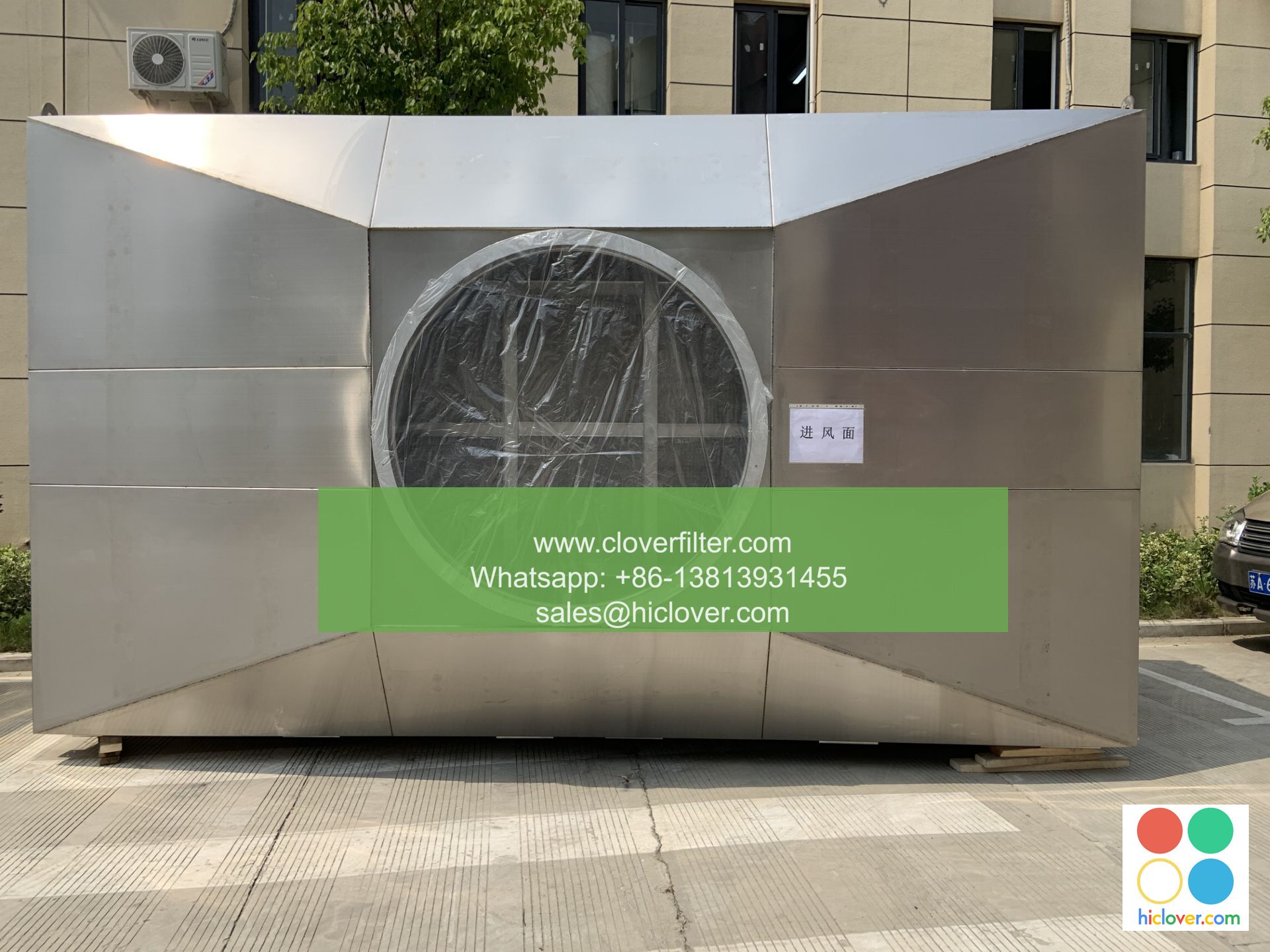Air Filter Pressure Drop: A Guide to Selecting the Right Filter for Your System

Air filter pressure drop is a critical factor to consider when selecting an air filter for your system, whether it’s for industrial air filtration, commercial HVAC, or residential air quality control. In this article, we will delve into the world of air filter pressure drop, exploring its significance, the factors that affect it, and how to choose the right filter for your specific application.
What is Air Filter Pressure Drop?
Air filter pressure drop refers to the decrease in air pressure that occurs as air passes through a filter. This pressure drop is a result of the resistance created by the filter media, which can be affected by various factors such as filter efficiency, airflow rate, and filter design. A higher pressure drop can lead to increased energy consumption, reduced system performance, and potentially even equipment damage.
Factors Affecting Air Filter Pressure Drop
Several factors contribute to air filter pressure drop, including:
- Filter media: The type and quality of filter media used can significantly impact pressure drop. High-efficiency filters with smaller pore sizes may have higher pressure drops due to increased resistance.
- Airflow rate: Higher airflow rates can result in increased pressure drop, as more air is forced through the filter.
- Filter design: The design of the filter, including its size, shape, and configuration, can affect pressure drop.
- Operating conditions: Temperature, humidity, and other environmental factors can influence pressure drop.
- Increased energy costs: Higher pressure drop can result in increased energy consumption, leading to higher operating costs.
- Reduced system performance: Insufficient airflow and increased pressure drop can compromise the overall performance of your system.
- Premature equipment failure: Excessive pressure drop can cause equipment damage, leading to costly repairs and downtime.
- Industrial air filtration: HEPA filters and activated carbon filters are often used in industrial settings to remove contaminants and odors.
- Commercial HVAC: Pleated filters and bag filters are commonly used in commercial HVAC systems to provide efficient airflow and filtration.
- Residential air quality control: Furnace filters …" and air purifier filters** are used in residential settings to improve indoor air quality and reduce allergens.
- Filter efficiency: Choose a filter with the right level of efficiency for your application.
- Airflow rate: Select a filter that can handle the required airflow rate.
- Filter design: Consider the size, shape, and configuration of the filter to ensure it fits your system.
- Operating conditions: Take into account temperature, humidity, and other environmental factors that may affect filter performance.
Importance of Selecting the Right Filter
Selecting the right air filter for your system is crucial to minimizing pressure drop and ensuring optimal performance. The wrong filter can lead to:
Application Areas and Filter Selection
Different application areas require specific types of air filters to minimize pressure drop and ensure optimal performance. Some key application areas include:
When selecting a filter for your system, consider the following factors:
Conclusion
Air filter pressure drop is a critical factor to consider when selecting an air filter for your system. By understanding the factors that affect pressure drop and choosing the right filter for your specific application, you can minimize energy consumption, reduce system downtime, and ensure optimal performance. Whether you’re dealing with industrial air filtration, commercial HVAC, or residential air quality control, selecting the right air filter is essential for maintaining a healthy, efficient, and cost-effective system.
Prompt

